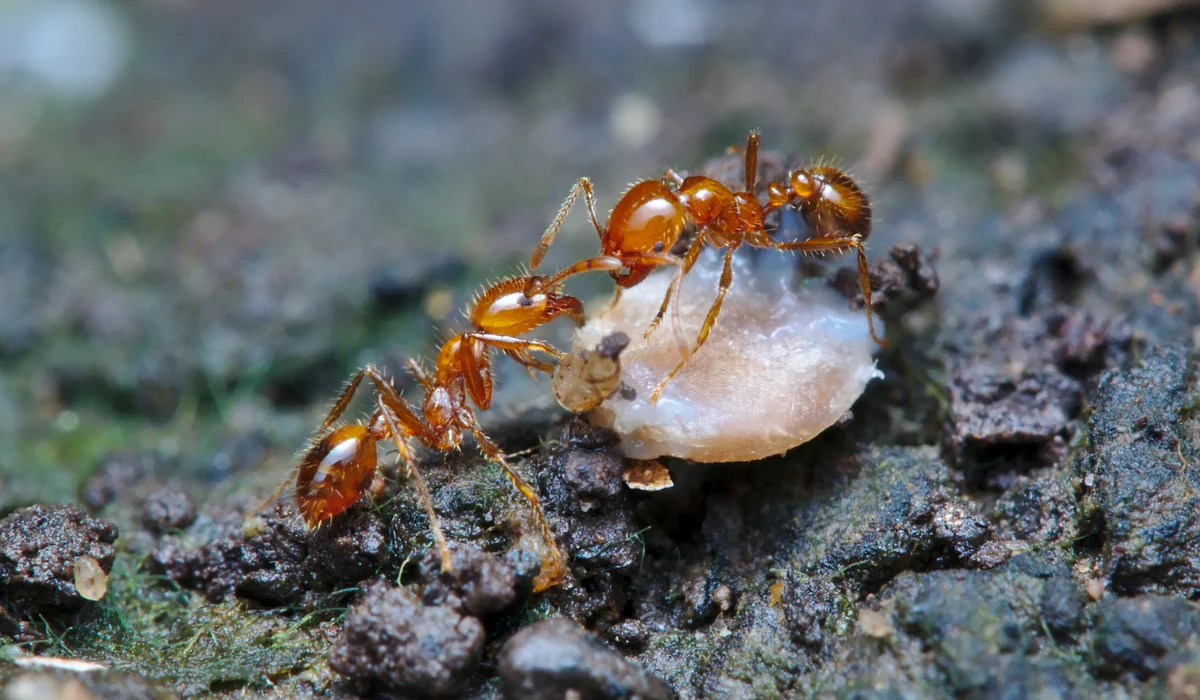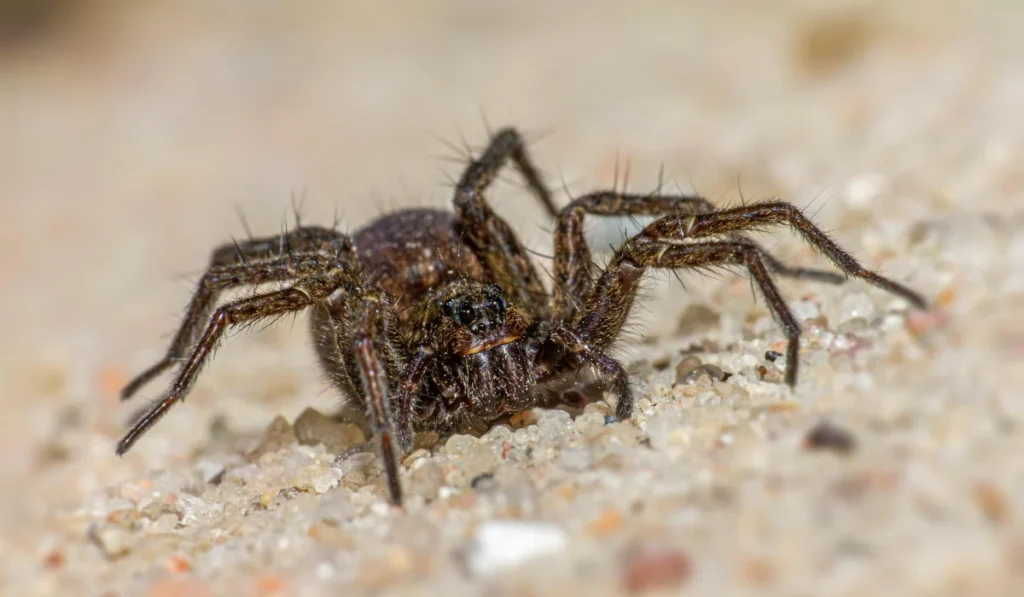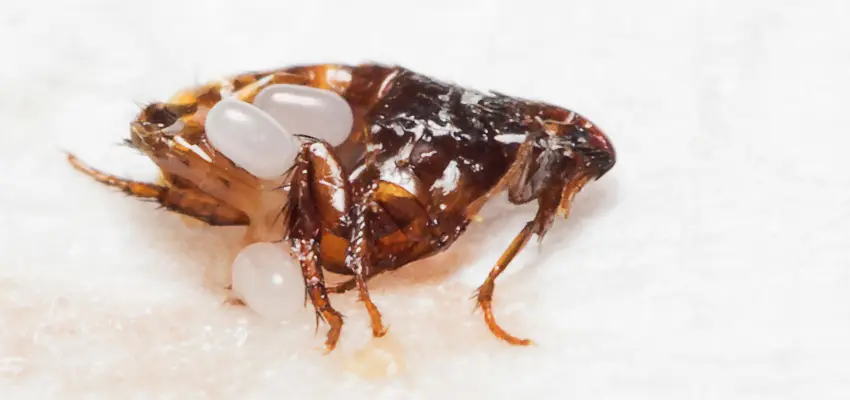
Fire ants are a common problem in Alabama. You’ll find them in just about every county, especially in the southern parts of the state. Whether you’re in Birmingham, Mobile, or somewhere in between, these aggressive ant pests are a real headache for homeowners.
In this guide, you’ll learn all about fire ants—how to spot them, the dangers they bring, and the best ways to control them before they take over your yard.
Key Takeaways
- Fire ants in Alabama include red and black imported types that arrived from South America through the Port of Mobile.
- Large mounds house thousands of worker ants that sting painfully and may damage electrical equipment and other outdoor property.
- Mating flights allow queens to spread new colonies quickly, making infestations worse without long-term control in place.
- Local experts like Magic City Pest Control offer year-round solutions that work better than DIY treatments or store-bought baits.
Step 1: Know Which Fire Ant Species Are in Alabama
Alabama is home to a few different ant species, but when it comes to fire ants, two kinds stand out: the red imported fire ant and the black imported fire ant.
Both are aggressive and can deliver painful stings. They arrived through the Port of Mobile after coming from South America, which is why Alabama and the Southeast were hit early.
Since then, they’ve spread across other southern states like Mississippi, Louisiana, Florida, and even parts of California, Arizona, and Tennessee.
While they don’t eat wood like termites or carpenter ants, fire ants still cause a lot of problems.
Step 2: Learn Where and How Fire Ants Nest
The fire ant prefers open, sunny spaces for building its nesting site. You might see fire ant mounds in lawns, pastures, parks, and even along roadsides. These mounds can grow fast and tall, sometimes over a foot high.
Each mound is home to a colony made up of thousands of worker ants, one or more queens, and sometimes new colonies that break off nearby.
Worker ants build tunnels that stretch underground several feet. That makes the infestation harder to treat if you only deal with the top of the mound.
Step 3: Fire Ant Dangers: Stings and Property Damage
Ants bite, but the fire ant goes a step further. It latches on with its jaws and then stings multiple times, injecting ant venom. This venom causes burning, swelling, and white-tipped blisters that can last for days.
Some people react badly to these stings and may need medical care.
In places with high accessibility, like schoolyards, ball fields, or parks, fire ants can be dangerous to kids, pets, and anyone allergic to insect venom.
Fire ants don’t just sting. They also go after food sources and can damage property.
In Alabama, they’ve been known to get into electrical equipment like air conditioning units, irrigation systems, and even traffic signal boxes.
Their attraction to the magnetic fields and pheromones around wires can lead to short circuits and expensive repairs.
This kind of damage is a big reason why ant control should be taken seriously, especially on farms or commercial properties where equipment is critical.
Step 4: Fire Ants Reproduce Fast After Mating Flights
Fire ants are smart survivors. During warm, humid weather, they go through what’s called mating flights.
Winged males and females leave the mound, mate in the air, and then new queens land and start new colonies. These new colonies can appear across your yard—or your neighbor’s—and begin spreading fast.
That’s why it’s not enough to treat one mound. Without ongoing fire ant management, you’ll be right back where you started.
Step 5: Why DIY Doesn’t Always Work for Fire Ant Control
Some folks try DIY treatments like sprays, boiling water, or store-bought baits. While these might kill a few ants, they usually don’t stop the queen or new colonies from forming nearby.
Baits work best when fire ants are foraging.
But factors like temperature, weather, and the type of bait all play a role. If you don’t have the right product or timing, you’re not going to stop the infestation for good.
That’s where knowing about fire ants and getting expert help makes all the difference.
Step 6: Let Experts Handle Fire Ant Control in Alabama
Every yard is different. Alabama’s red clay soil, humid weather, and mild winters help fire ants thrive. You need a fire ant control plan designed for this region.
At Magic City Pest Control, we use proven methods based on years of local experience and trusted sources like the Alabama Cooperative Extension and research in entomology. Our team knows how to treat the whole fire ant colony, including the queen, while preventing future infestations.
Whether you’re seeing mounds in Mobile or dealing with an outbreak near Birmingham, we’re here to help keep your property safe year-round.
If you’re dealing with fire ants, give us a call. We’ll help you take back your yard, without the stings.








